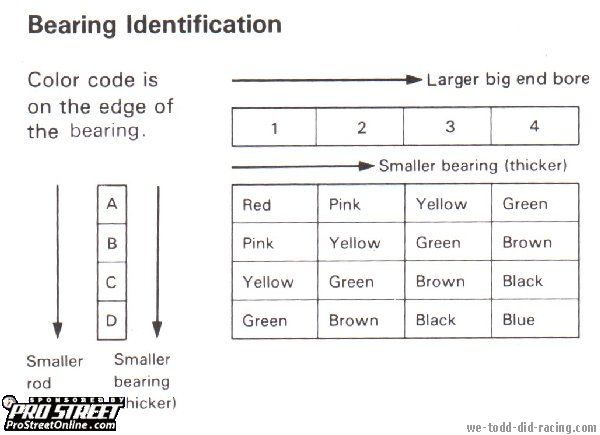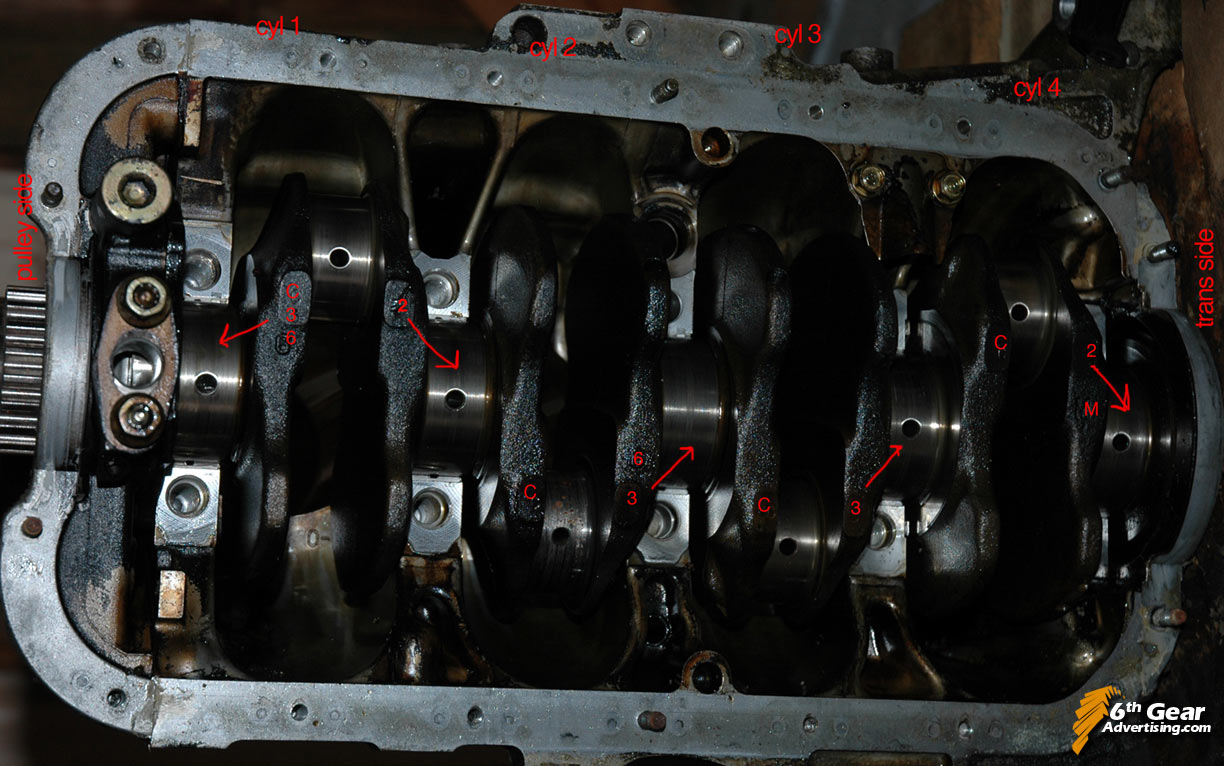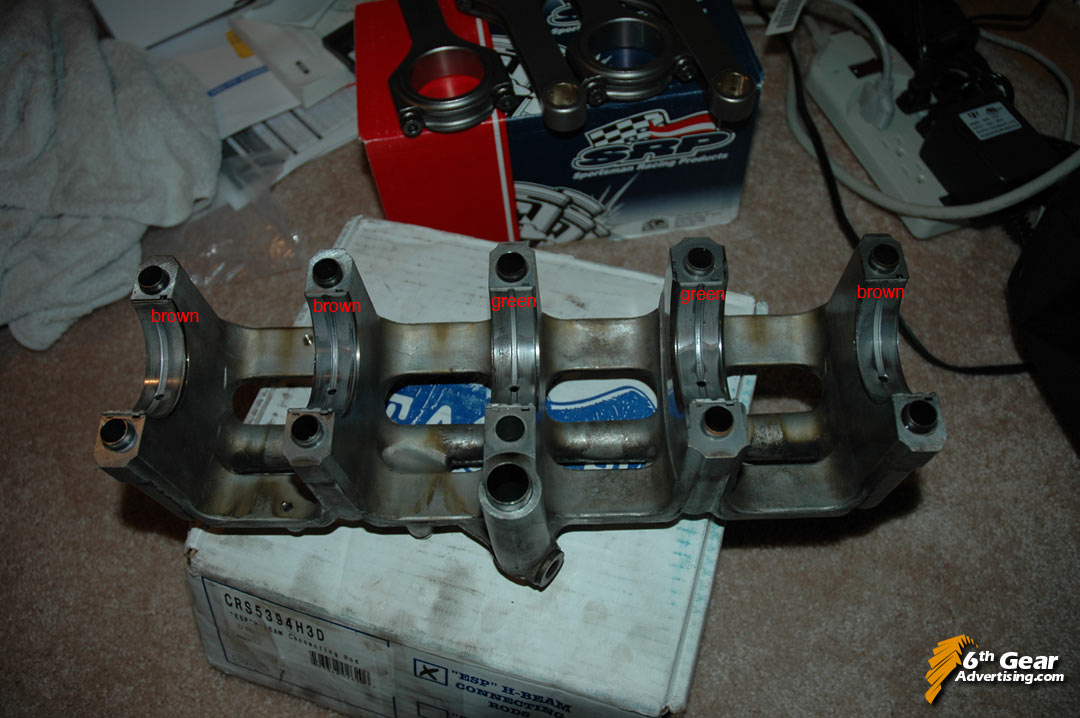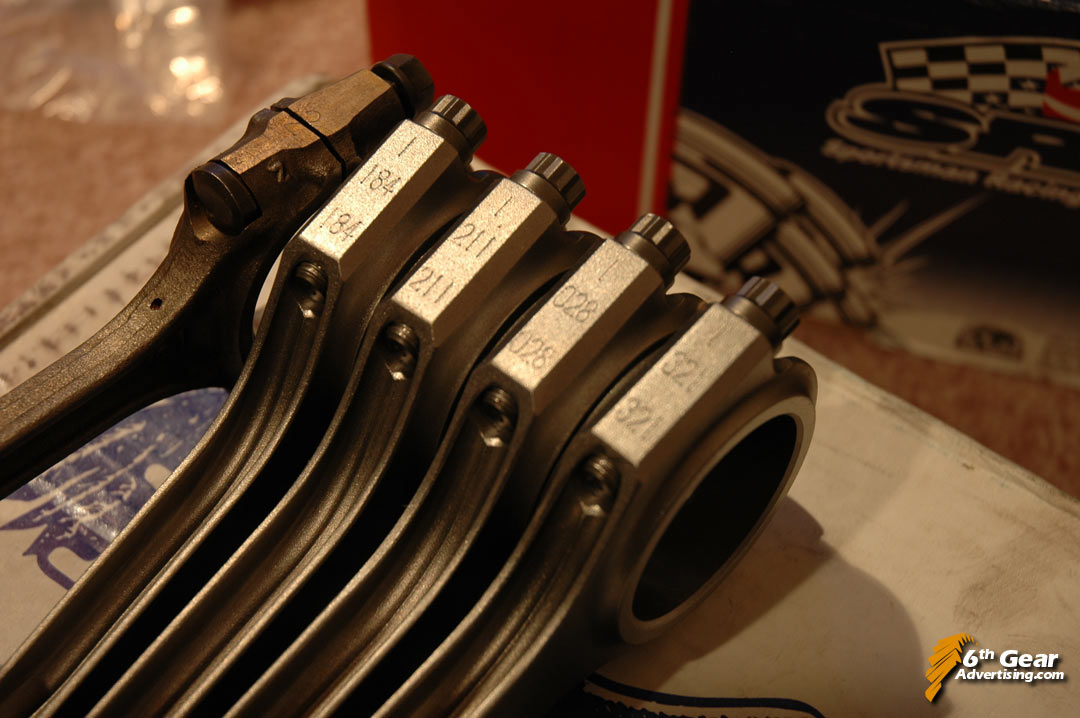Weight Reduction
Unless you're serious enough about performance to give up luxury, you might not want to try this. My car is not going to be a daily driver any more, so why not shed some lbs.
The great thing about these cars is their weight. That's why a torqueless 4cyl can keep up with a 225hp v8, because the v8 is in a 3600+ lb vehicle. It's all about the power to weight ratio. Every new generation of the civic has been getting larger and heavier than the previous. (Their engines have also been getting more powerful to compensate for this- look at how well the K series does in a EG)
It is said that every 100 lbs you shed will take .10 off of your 1/4 mi time.
Every pound counts if you are serious. Also the best place to start is unsprung weight (wheels & suspension).
First get some lighter wheels. Large wheels will slow you down, even if you have lightweight 17" rims, as they spin the rotational mass will increase. (think about holding a bucket of water by the handle and spinning it in a circle. Rotational Mass keeps the water in the bottom of the bucket). 15" wheels is really the largest these cars need in terms of performance. A 15" rim will get you options of a 6.5" or 7" width. Depending on how much you want to spend will determine on how light you can go. Racing Hart CP035 15x6 weighs in at 7.9 lb, very light. A 15x7 at just under 10 lb. Still very light. Under 10 lbs for a 15" wheel is great. Forging is the manufacturing process that makes wheels stronger, and therefore lighter so less material is needed. Rota makes a copy of the expensive RH CP035, the Rota Sub-Zero. It is cast, not forged, and a 15x6.5 weighs 12.9 lb. and also cost much less. You get what you pay for, a knockoff rim will always cost less but weigh more. The popular Rota Slipstreams weigh 11.9 for a 15x6.5" which is still a bargian for the cost, making them such a popular choice.
There's the same wheel weight list floating all over the web. I'm not sure who to credit for creating it but they did a great job. Here's a copy
So being on a budget, I decided to use the 14" rims from my 96 HX. The HX boasts great miles per gallon and light rims from the factory helped to achieve that. They weigh 11.75 lb each. The VX was the EG version of the HX, also claiming great gas mileage. They came with 13" rims that weighed 9.something lbs each.

The 14" HX rims
Next I removed my entire interior (partially because of other work I would be doing to the car)
I went a step further and removed all the sound deadening applied from the factory. My hatch is a DX, the CX has the least amount of deadening.

(The SRS unit, sensors, and wiring have all been removed in the above pic)
The easy way to do this is use cold rather than heat. A heat gun will work, but make a sticky mess. I did this in 4° F weather using a mallet and gasket scraper. The tar sheet was frozen solid and shattered off in chunks.

(The SRS unit, sensors, and wiring have all been removed in the second pic)

I have yet to weigh, but I would guess about 10 lbs.


Here's what I have removed:
Pulled front & rear seats, carpet, seatbelts, headliner, door panels, rear plastic panels, inside of tail gate, rear washer motor, heater core, blower motor, air controls, SRS sensors, module & harness, sound deadening, spare, jack, and some big stamped steel bracket that was under the dash.
Going to put the front seats & belts back in. Also the dash, radio & door speakers. (I gotta have music untill I can listen to a HKS blowoff )
From the engine I deleted power steering lines & fluid tank, washer fluid tank & lines, charcoal canister, and got a lighter battery. I never had A/C, also thinking about pulling the wiper motor and wipers, but I'd be in trouble if I got caught in a storm. I guess there is Rain-X.... we'll see. Also I am converting from Auto to Manual which is supposed to be a little bit lighter.
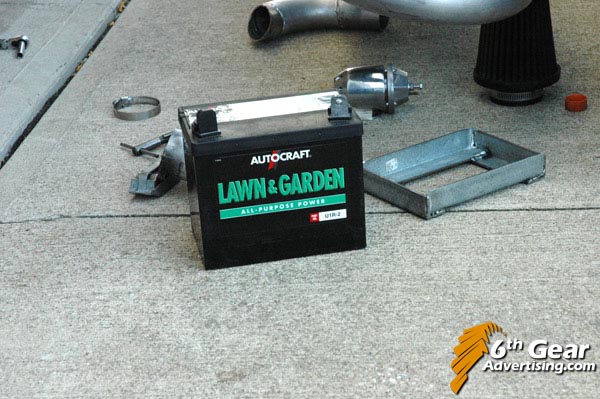
Here's my battery... $25 at the autoparts store. Optima & NRG are nice because they are sealed and you can mount them anywhere, even inside the car. But I can't spend that much, so here is my poor man's Optima. It weighs about 15 lb less than stock and is much smaller. Also in the pic is the Tray I started to build that will mount the battery inside the bumper.
I believe this car was 2200 lbs stock, I'm aiming to get it around 2000 lbs. In addition to faster accelleration, less weight will decrease your braking distance and improve handling. Weight reduction is always a good thing!
